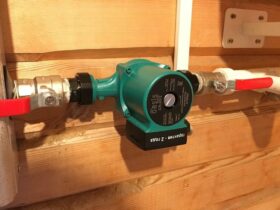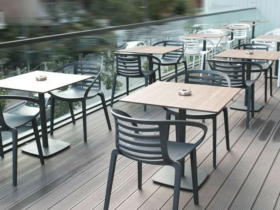The water element is a great unsurpassed creation of nature, which conquers its scale, beauty and life force. Water surrounds us everywhere: seething mountain rivers, blue lakes, clean springs, waterfalls, heavy rains and, finally, ordinary water in the tap. All this is of great interest for shooting, wherever you are always surrounded by something related to water. Each lover of taking pictures of a story was found when it is necessary to remove water, whether landscape shooting, macro shooting or spray from the puddle on which children run. In any case, you need to have basic knowledge how to work and manage your technique in order to eventually get a spectacular and desired picture.
How to photograph water
The observance of a number of tips, precisely advice, because only from your experience you will understand what you really need and will in some cases deviate from the recommendations below will help you will help you.
First of all, it is worth saying that water can be removed in three different ways: shooting a panorama, freezing water and blurring.
The shooting of panoramic objects involves calm and quiet landscapes with water: ponds, lakes, quiet sea in the framing of palm trees. Here you need to successfully select the point of proposed shooting and time. The best pictures will turn out in the morning at sunrise, when the landscape will be reflected in the water and at sunset, when, for example, you can catch the lunar path on the water. In this case, it is recommended to use a tripod. Set the shooting parameters, as with ordinary photography, it is necessary based on the time of day and lighting. The landscapes of the mountains in the reflection of the water surface, as well as the forest or groves of the pond, are insanely beautiful.
How to photograph water
Another technique of shooting water is blurring, it is advisable to use it in the presence of fluidity of water: rivers, streams, waterfalls. To do this, you need to put the camera in manual mode and make a long exposure, for example 1/30 c. The diaphragm needs to cover as much as possible. From this meaning, water takes as if a gaseous look and seems to be mildly creeping, and does not flow. With a longer endurance, water will take special qualities, for example, a special haze or a frozen stream that is already little like water. If you set an excerpt for a value of 3C, then the water will acquire the form of fresh milk. You will receive the method of numerous samples, the images you need depending on your story plot. This method is perfectly obtained by waterfalls, if you plan to convey exactly the buoyancy and softness of the stream, beautifully when such water seems to envelop stones and rocks.
How to photograph water
Interesting and very impressive pictures come out if the active flows of water freeze. This applies to boiling rivers and waterfalls. To do this, you need to use a short endurance. This rule will work here: the more active and rapidly the flow, the shorter the endurance you need to install, for example, starting from the value of 1/250. The diaphragm here, on the contrary, should open as much as possible. With this method, delightful pictures of frozen water, drops or jets are obtained.
How to photograph water
Another interesting type of water shooting is macrosemic. This requires a photosensitive camera and the correct light source. In this genre, rows of photographers work and sometimes create masterpieces of simple drops of water, the game of light and creative imagination. Using this type of photo, ordinary improvised means are used: transparent bowls, a colored background, a pipette or other water dripping devices, and sometimes just a crane. Surprisingly, the results are brilliant and real paintings are obtained, although often a successful frame has to be expected for a very, very long time.















Leave a Reply
View Comments